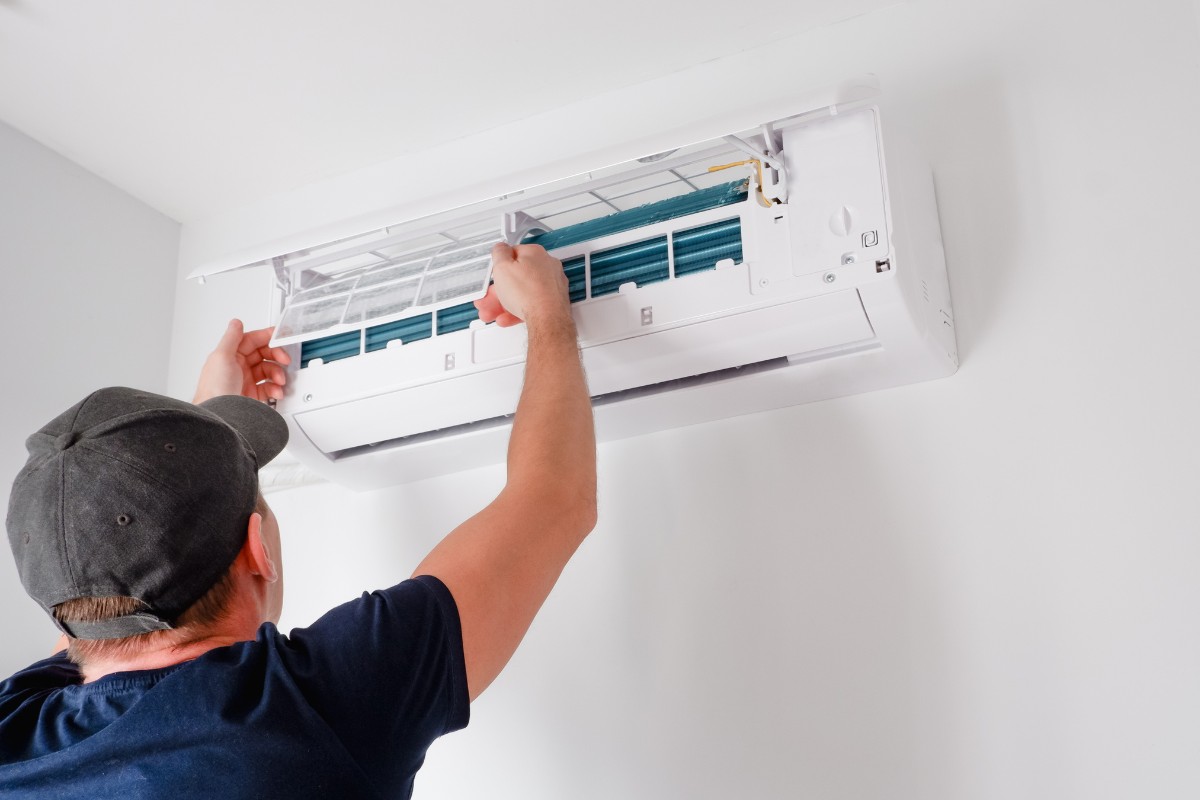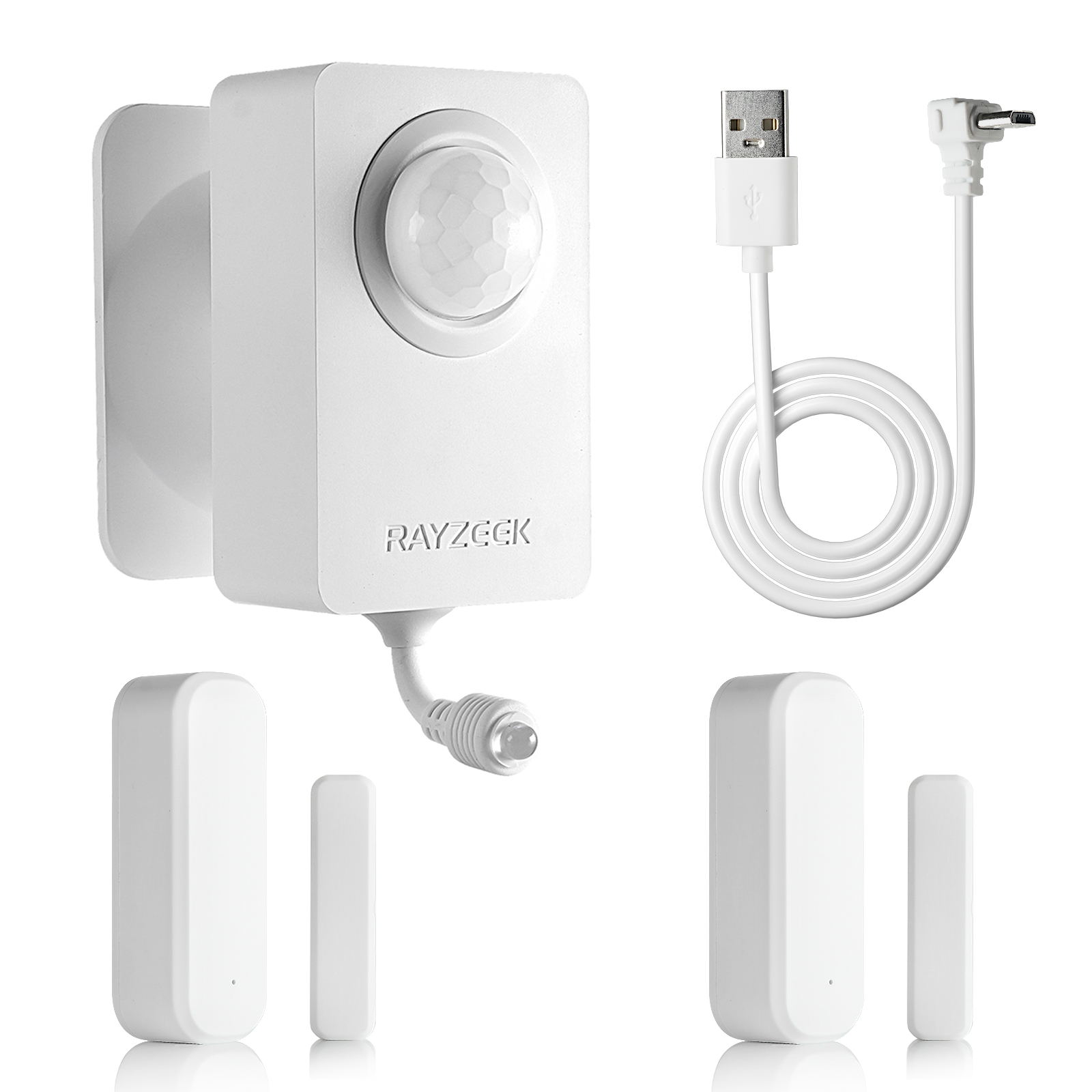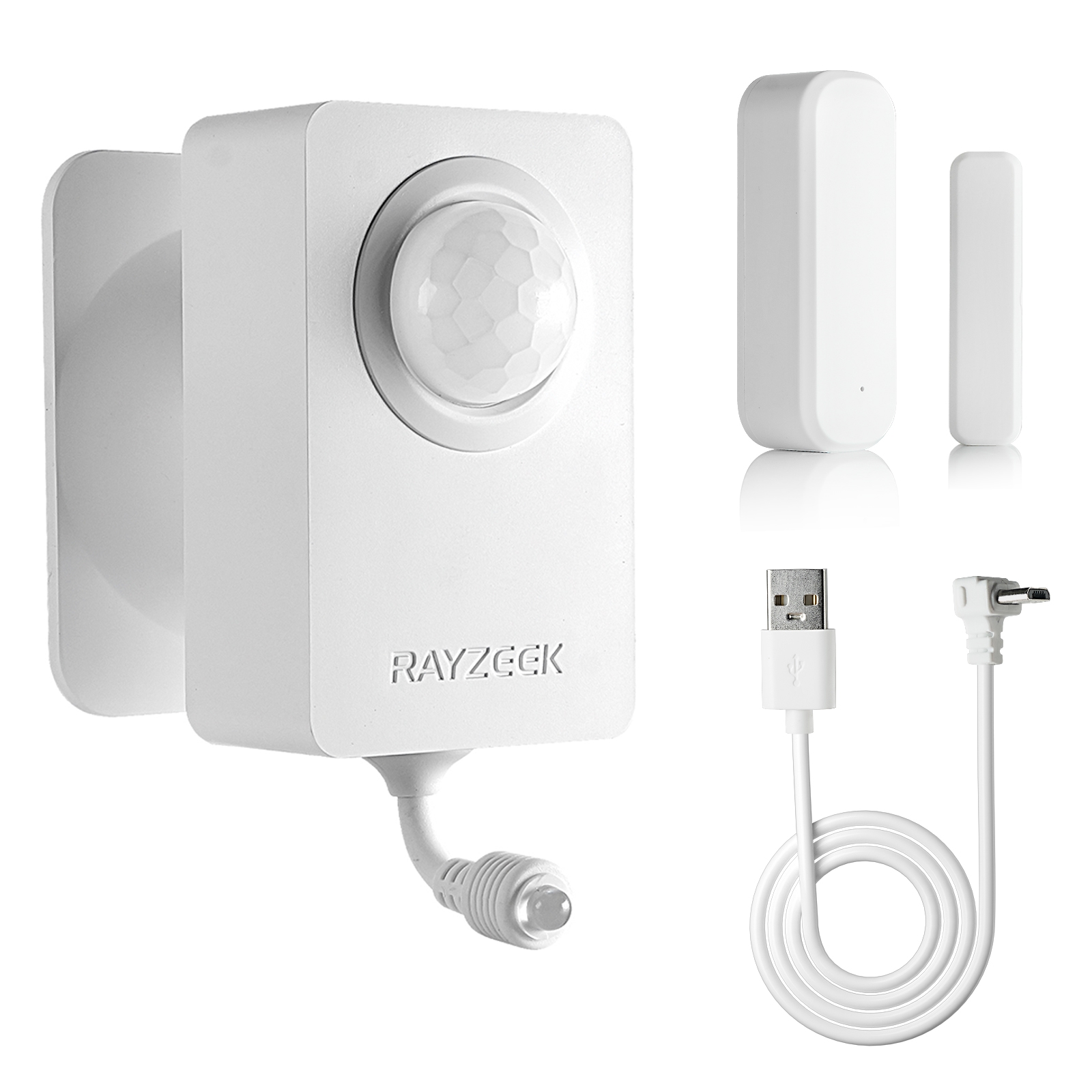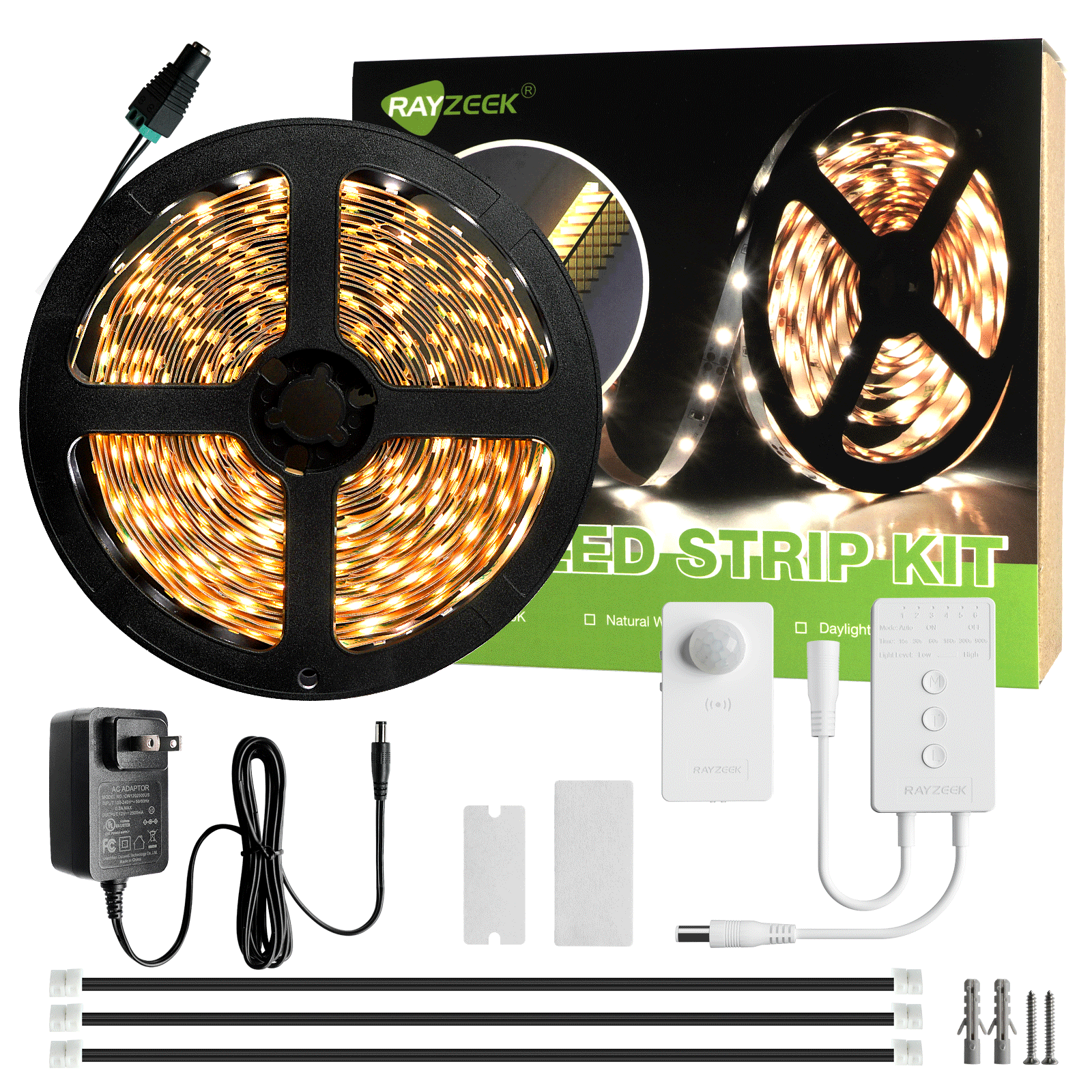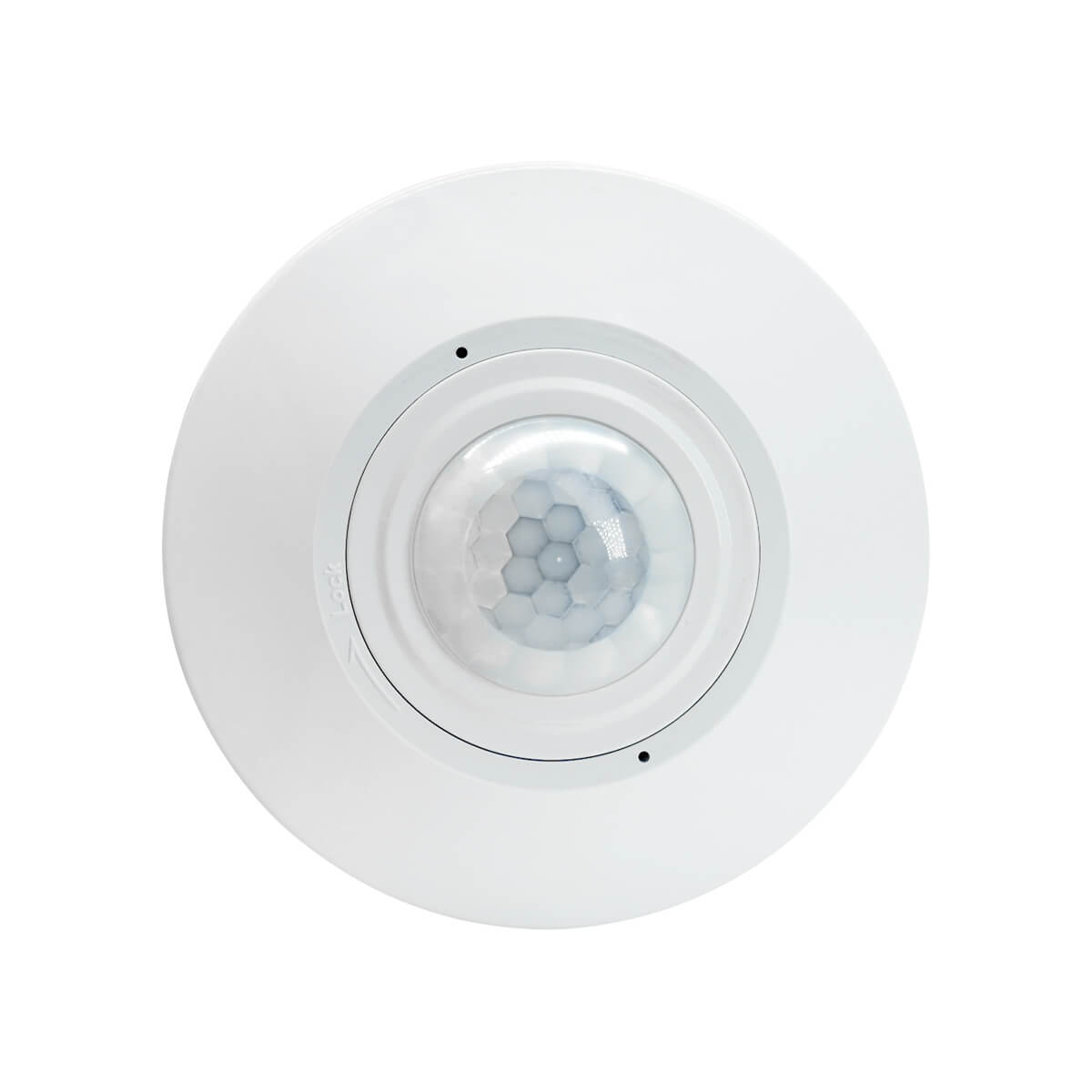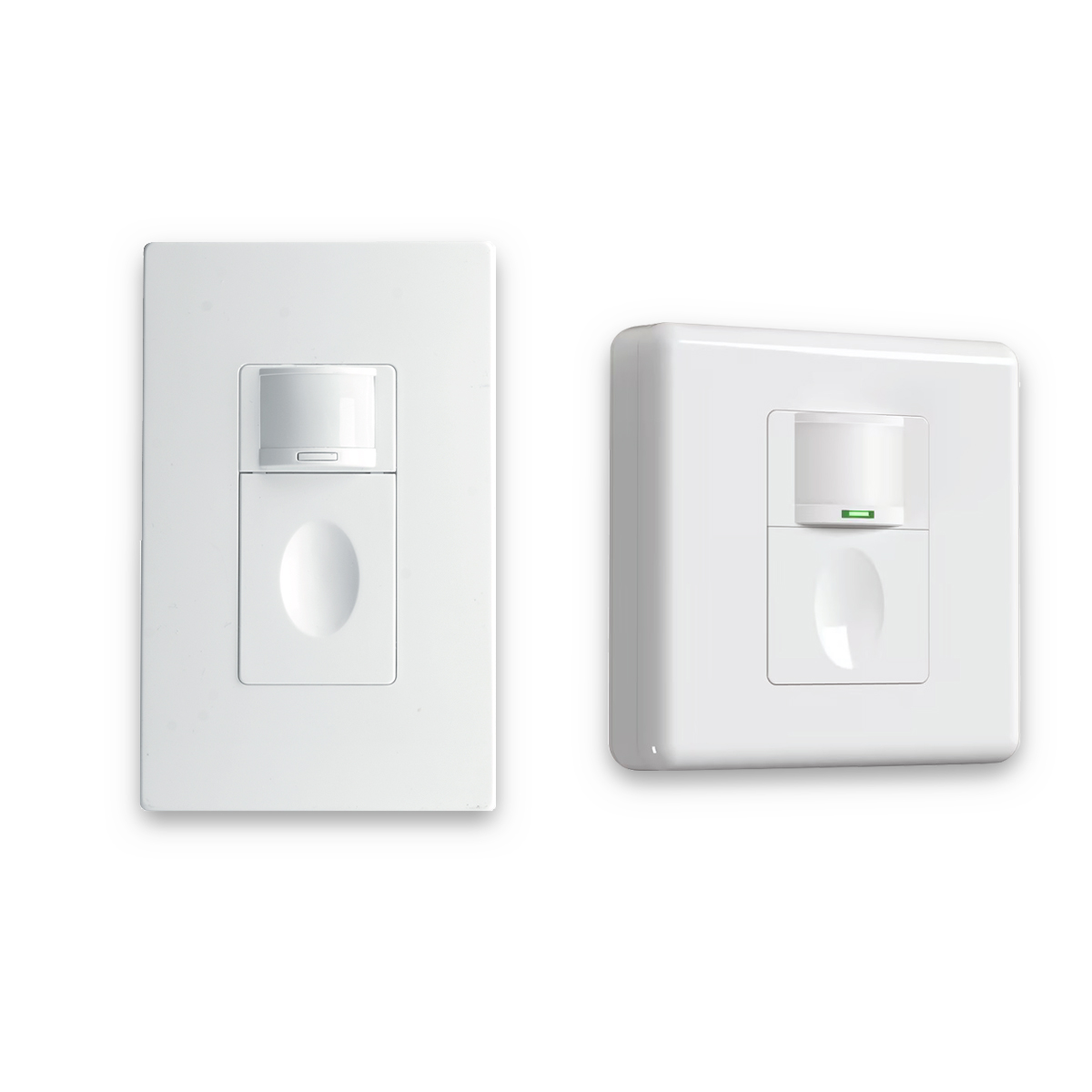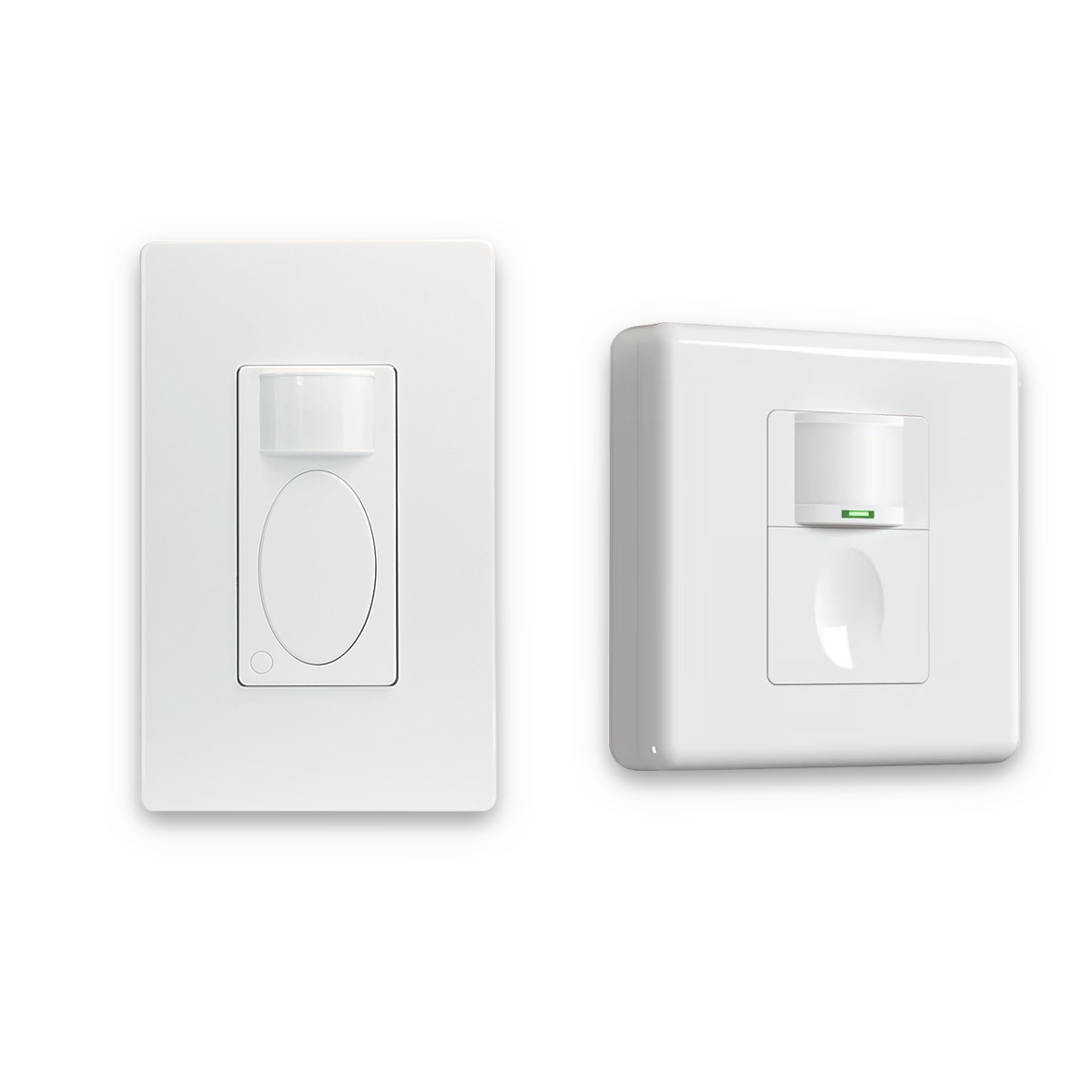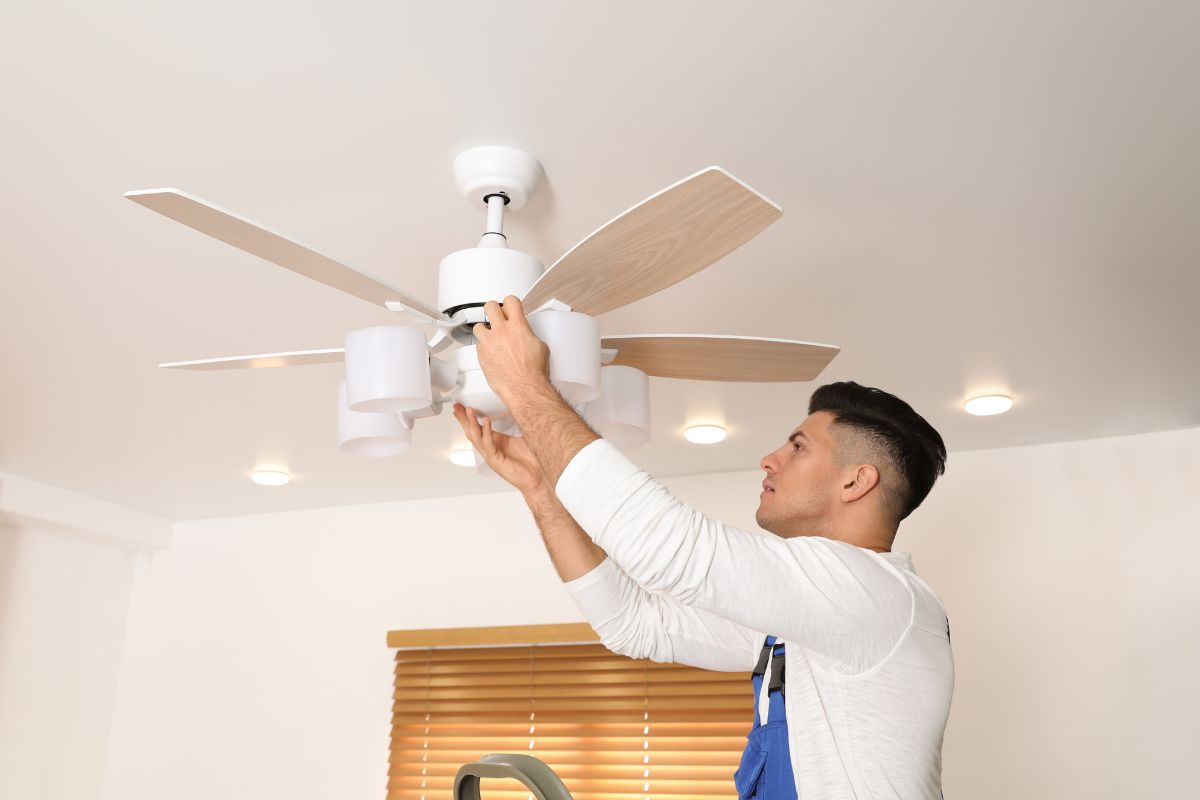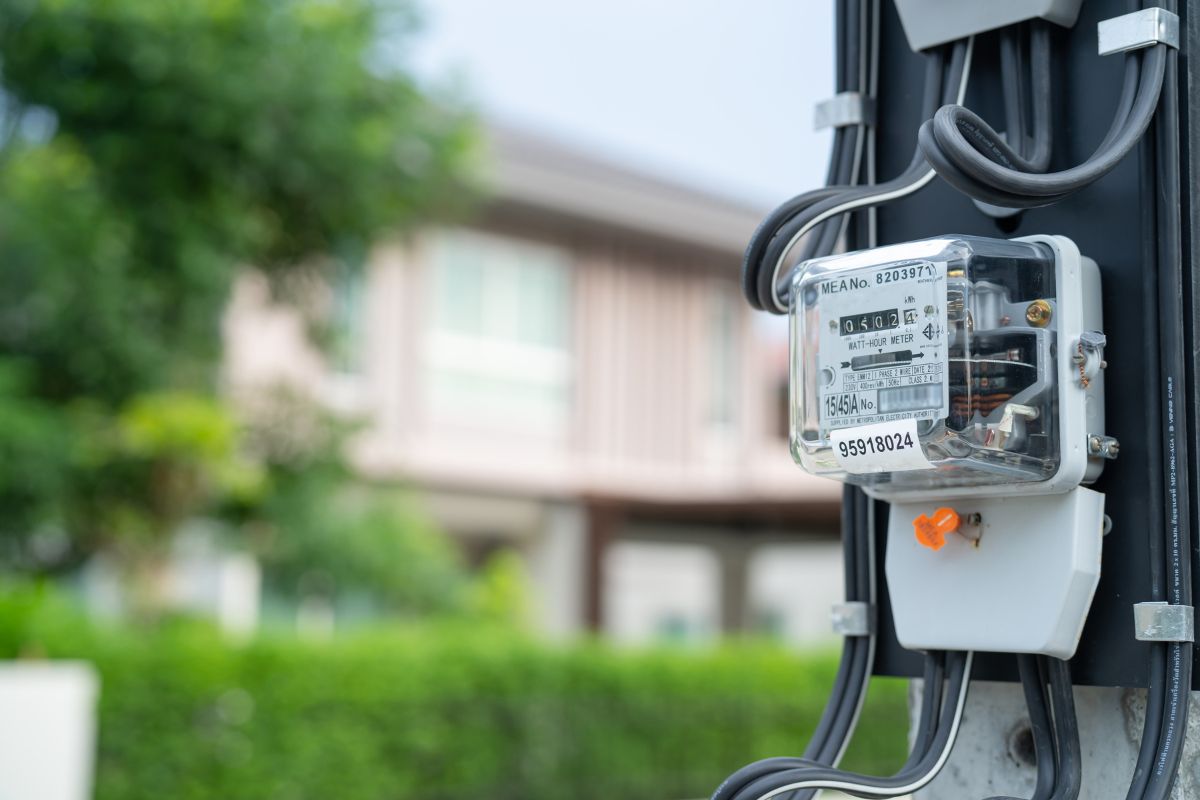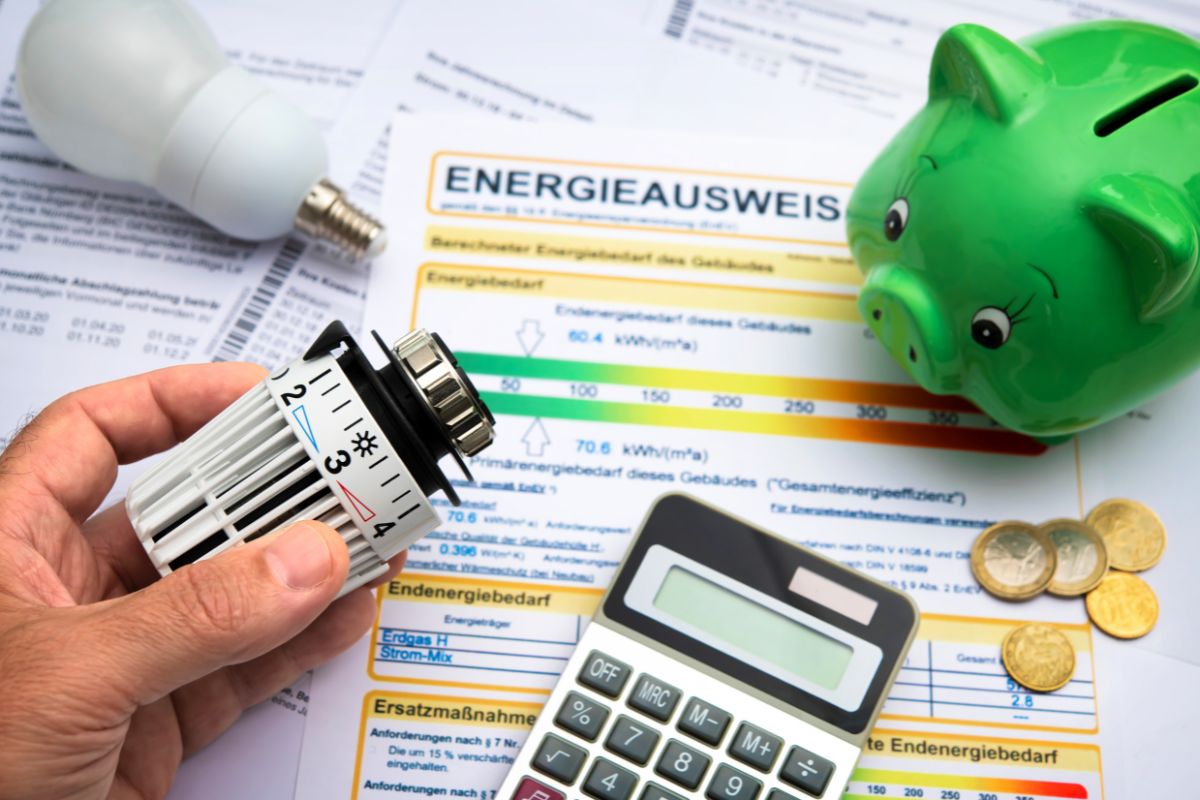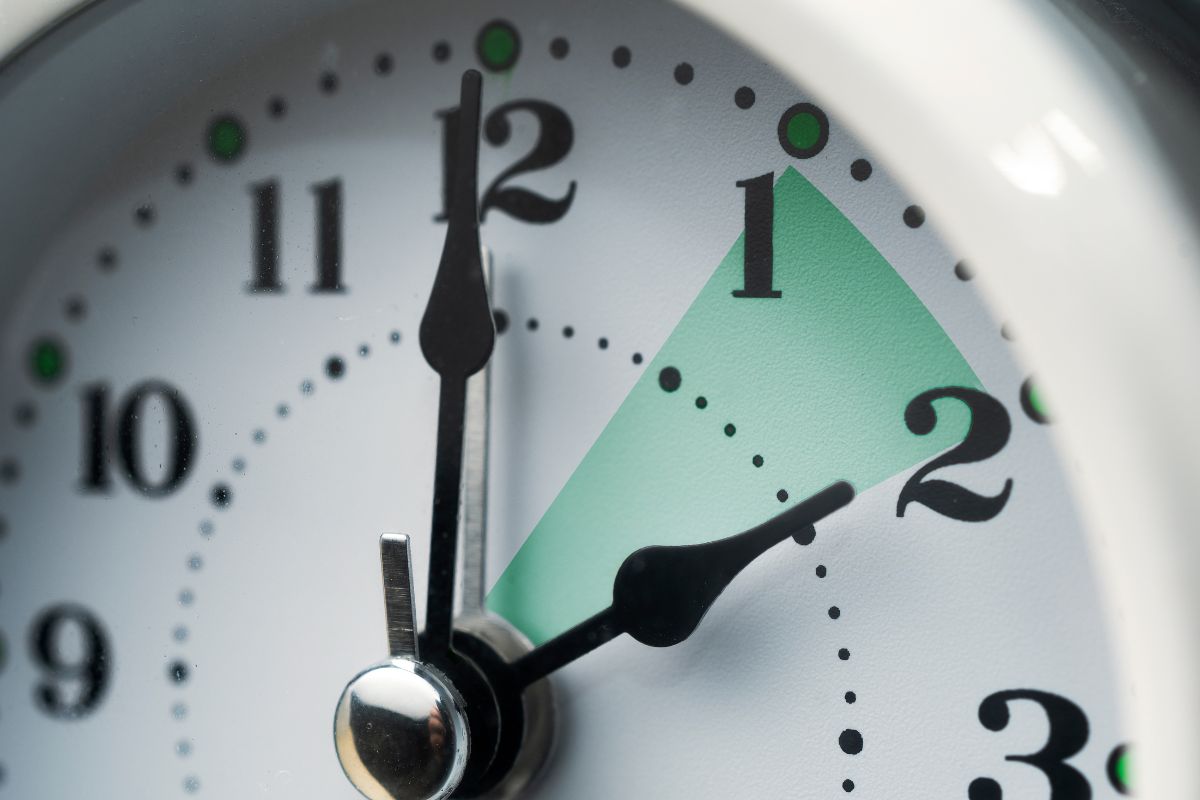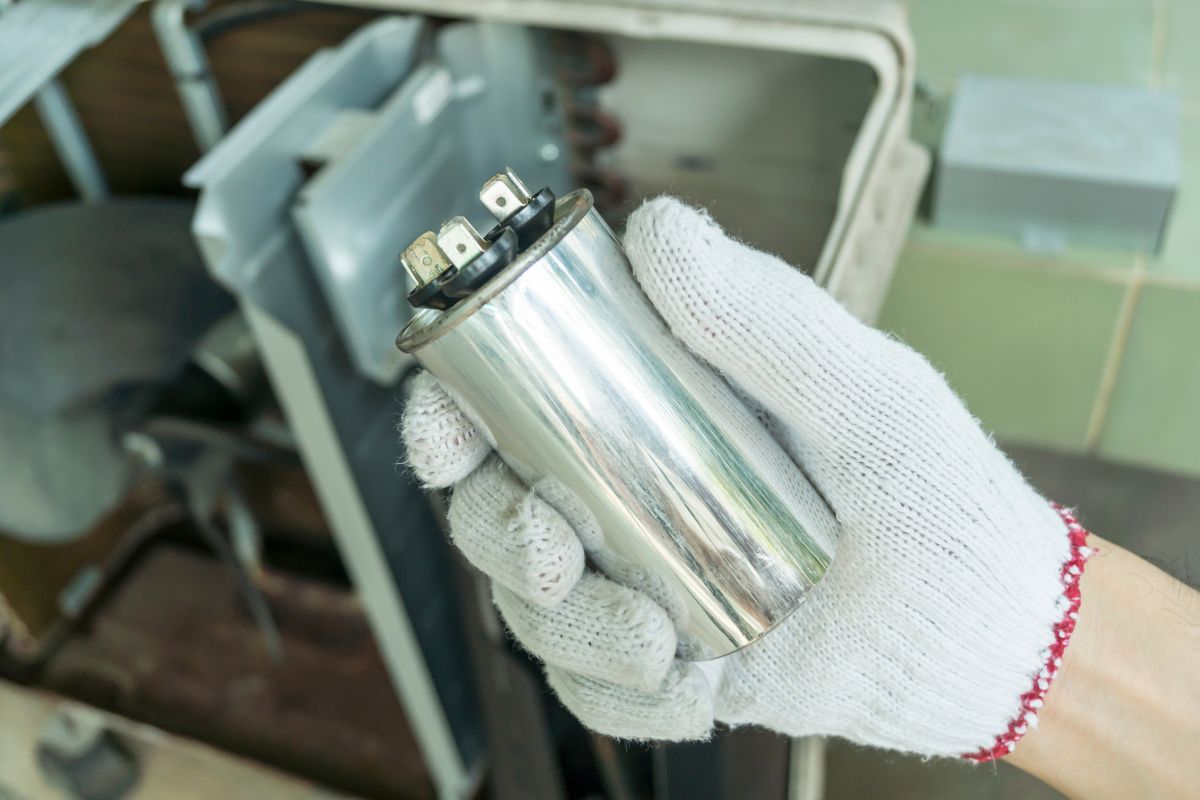Συχνά θεωρούμε δεδομένο τον αέρα που αναπνέουμε, ειδικά στο σπίτι μας. Αλλά έχετε ποτέ σταματήσει να σκέφτεστε το αθόρυβο άλογο εργασίας που κρατά τον αέρα καθαρό και το σύστημα HVAC σας να λειτουργεί ομαλά; Αυτός ο αφανής ήρωας είναι το φίλτρο του κλιματιστικού σας. Αυτός ο ολοκληρωμένος οδηγός θα εμβαθύνει στον κόσμο των φίλτρων του κλιματιστικού, εξηγώντας γιατί έχουν σημασία, πώς λειτουργούν και, κυρίως, πώς να τα καθαρίζετε. Είτε είστε ένας ιδιοκτήτης σπιτιού που αναζητά πρακτικές συμβουλές είτε ένας έμπειρος ερευνητής που ενδιαφέρεται για τις περιπλοκές του φιλτραρίσματος του αέρα, αυτό το άρθρο έχει κάτι για εσάς.
Τι είναι ένα φίλτρο κλιματιστικού;
Το φίλτρο του κλιματιστικού είναι ένα κρίσιμο στοιχείο του συστήματος HVAC (θέρμανσης, εξαερισμού και κλιματισμού). Σκεφτείτε το ως φύλακα, που εργάζεται επιμελώς για να παγιδεύει και να απομακρύνει τα αιωρούμενα σωματίδια από τον αέρα που κυκλοφορεί στο σπίτι σας. Τυπικά κατασκευασμένα από ένα ινώδες υλικό ή μια πτυχωτή ουσία που μοιάζει με χαρτί και στεγάζεται σε ένα πλαίσιο, αυτά τα φίλτρα αποτελούν την πρώτη γραμμή άμυνας ενάντια στη σκόνη, τη βρωμιά και άλλα συντρίμμια.
Η πρωταρχική λειτουργία του φίλτρου είναι να προστατεύει τις εσωτερικές λειτουργίες του συστήματος HVAC. Εξαρτήματα όπως η σπείρα εξατμιστή και ο κινητήρας ανεμιστήρα μπορούν εύκολα να υποστούν ζημιά από τη συσσώρευση σκόνης και σκουπιδιών. Παγιδεύοντας αυτά τα σωματίδια, το φίλτρο εξασφαλίζει τη μακροζωία και την απόδοση του συστήματός σας. Αλλά ο ρόλος του δεν σταματά εκεί. Διαδραματίζει επίσης ζωτικό ρόλο στη βελτίωση της ποιότητας του εσωτερικού αέρα. Τα φίλτρα λειτουργούν εμποδίζοντας φυσικά τα σωματίδια καθώς ο αέρας περνά μέσα από το μέσο του φίλτρου. Η πυκνότητα και η δομή αυτού του μέσου καθορίζουν το μέγεθος των σωματιδίων που μπορούν να συλληφθούν, μια έννοια που θα εξερευνήσουμε περαιτέρω όταν συζητήσουμε τους διάφορους τύπους φίλτρων.
Γιατί πρέπει να καθαρίζετε το φίλτρο του κλιματιστικού σας
Ο τακτικός καθαρισμός ή η αντικατάσταση του φίλτρου του κλιματιστικού σας δεν είναι απλώς μια αγγαρεία, αλλά μια απαραίτητη πρακτική για τη διατήρηση ενός υγιούς και αποδοτικού σπιτιού. Ας αναλύσουμε τους βασικούς λόγους για τους οποίους:
Βελτιωμένη ενεργειακή απόδοση
Ένα φραγμένο φίλτρο είναι σαν οδόφραγμα για τη ροή του αέρα. Όταν ένα φίλτρο είναι γεμάτο σκόνη και συντρίμμια, το σύστημα HVAC πρέπει να εργάζεται σκληρότερα για να προωθήσει τον αέρα μέσα από αυτό. Αυτός ο αυξημένος φόρτος εργασίας μεταφράζεται άμεσα σε υψηλότερη κατανάλωση ενέργειας. Μπορεί να μην το βλέπετε αμέσως, αλλά αυτό θα αντανακλάται στους λογαριασμούς κοινής ωφέλειας. Το Υπουργείο Ενέργειας των ΗΠΑ προτείνει ότι ένα βρώμικο φίλτρο μπορεί να αυξήσει την κατανάλωση ενέργειας κατά 5-15%. Ένα καθαρό φίλτρο, από την άλλη πλευρά, επιτρέπει τη βέλτιστη ροή του αέρα, μειώνοντας την καταπόνηση του συστήματός σας και προωθώντας την ενεργειακή απόδοση. Πρόκειται για μια απλή αλλαγή που μπορεί να οδηγήσει σε σημαντική εξοικονόμηση χρημάτων.
Τι θα λέγατε όμως αν μπορούσατε να εξοικονομήσετε ακόμη περισσότερη ενέργεια, ακόμη και με ένα απόλυτα καθαρό φίλτρο; Η αλήθεια είναι ότι συχνά σπαταλιέται σημαντική ποσότητα ενέργειας όταν τα κλιματιστικά μένουν σε λειτουργία σε μη κατειλημμένους χώρους. Όλοι έχουμε βρεθεί σε αυτή την κατάσταση - ξεχνάμε να κλείσουμε το κλιματιστικό πριν φύγουμε από το σπίτι ή το αφήνουμε ανοιχτό σε ένα δωμάτιο που δεν χρησιμοποιούμε. Σε αυτό το σημείο το RZ050 Αισθητήρας κίνησης κλιματιστικού RZ050 μπαίνει μέσα. Αυτή η καινοτόμος συσκευή απενεργοποιεί αυτόματα το κλιματιστικό σας όταν ανιχνεύει ότι ένα δωμάτιο είναι άδειο, αποτρέποντας την άσκοπη κατανάλωση ενέργειας και μειώνοντας σημαντικά τους λογαριασμούς σας. Είναι το τέλειο συμπλήρωμα της τακτικής συντήρησης των φίλτρων, εξασφαλίζοντας ότι μεγιστοποιείτε την εξοικονόμηση ενέργειας.
RZ050 Αισθητήρας κίνησης κλιματιστικού RZ050
Σταματήστε να σπαταλάτε ενέργεια, ακόμη και με καθαρά φίλτρα.
- Απενεργοποιεί αυτόματα το κλιματιστικό σας όταν φεύγετε από το δωμάτιο.
- Εξοικονομήστε έως και 50% στους λογαριασμούς ενέργειας του κλιματιστικού σας.
- Εύκολη εγκατάσταση DIY, συμβατή με τις περισσότερες διαιρούμενες μονάδες κλιματισμού.
Καλύτερη ποιότητα εσωτερικού αέρα
Φανταστείτε το φίλτρο του κλιματιστικού σας ως τους πνεύμονες του σπιτιού σας. Ακριβώς όπως οι πνεύμονές μας φιλτράρουν τον αέρα που αναπνέουμε, το φίλτρο παγιδεύει τη σκόνη, τη γύρη, το τρίχωμα των κατοικίδιων ζώων, τους σπόρους μούχλας και άλλους ατμοσφαιρικούς ρύπους. Αυτό είναι ζωτικής σημασίας για τη διατήρηση της καλής ποιότητας του εσωτερικού αέρα. Για άτομα με αλλεργίες, άσθμα ή άλλες αναπνευστικές παθήσεις, ένα καθαρό φίλτρο μπορεί να κάνει τη διαφορά. Ένα βρώμικο φίλτρο, αντίθετα, μπορεί να ανακυκλώνει αυτούς τους ρύπους σε όλο το σπίτι σας, επιδεινώνοντας ενδεχομένως τα αναπνευστικά προβλήματα και καθιστώντας το χώρο διαβίωσής σας λιγότερο υγιεινό.
Επέκταση της διάρκειας ζωής του συστήματος HVAC
Ένα φραγμένο φίλτρο δεν επηρεάζει μόνο την ποιότητα του αέρα και τους λογαριασμούς ενέργειας- μπορεί επίσης να επιβαρύνει το ίδιο το σύστημα HVAC. Όταν η ροή του αέρα περιορίζεται, το σύστημα μπορεί να υπερθερμανθεί. Αυτό είναι λίγο σαν να τρέχετε σε μαραθώνιο με μπλοκαρισμένο αεραγωγό - δεν είναι καλή ιδέα! Με την πάροδο του χρόνου, αυτή η υπερθέρμανση μπορεί να οδηγήσει σε πρόωρη φθορά ζωτικών εξαρτημάτων, όπως ο κινητήρας ανεμιστήρα και ο συμπιεστής. Αυτό μπορεί να οδηγήσει σε δαπανηρές επισκευές ή, ακόμη χειρότερα, στην ανάγκη πρόωρης αντικατάστασης του συστήματος. Η τακτική συντήρηση των φίλτρων βοηθά στην αποφυγή αυτής της υπερθέρμανσης, εξασφαλίζοντας ότι το σύστημα HVAC σας θα ζήσει μια μακρά και υγιή ζωή.
Εμπνευστείτε από τα χαρτοφυλάκια αισθητήρων κίνησης Rayzeek.
Δεν βρίσκετε αυτό που θέλετε; Μην ανησυχείτε. Υπάρχουν πάντα εναλλακτικοί τρόποι για να λύσετε τα προβλήματά σας. Ίσως ένα από τα χαρτοφυλάκια μας μπορεί να σας βοηθήσει.
Τι συμβαίνει αν δεν καθαρίσετε το φίλτρο του κλιματιστικού σας;
Η παραμέληση του φίλτρου του κλιματιστικού σας μπορεί να οδηγήσει σε έναν καταιγισμό αρνητικών συνεπειών:
- Μειωμένη απόδοση ψύξης: Μπορεί να παρατηρήσετε ότι το σπίτι σας δεν ψύχεται τόσο αποτελεσματικά όσο παλαιότερα και ότι οι θερμοκρασίες μπορεί να είναι ανομοιόμορφες σε όλο το σπίτι σας.
- Υψηλότεροι λογαριασμοί ενέργειας: Καθώς το σύστημά σας εργάζεται σκληρότερα για να αντισταθμίσει τη μειωμένη ροή αέρα, η κατανάλωση ενέργειας θα αυξηθεί, οδηγώντας σε υψηλότερους λογαριασμούς κοινής ωφέλειας.
- Κακή ποιότητα εσωτερικού αέρα: Ο αέρας στο σπίτι σας μπορεί να είναι αποπνικτικός και εσείς ή τα μέλη της οικογένειάς σας μπορεί να παρουσιάσετε αυξημένα συμπτώματα αλλεργίας ή άσθματος.
- Ζημιά στο σύστημα: Η υπερθέρμανση μπορεί να προκαλέσει σημαντική ζημιά στα εξαρτήματα του συστήματος HVAC, οδηγώντας ενδεχομένως σε δαπανηρές επισκευές ή ακόμη και σε βλάβη του συστήματος.
- Παγωμένο πηνίο εξατμιστή: Σε σοβαρές περιπτώσεις, η περιορισμένη ροή του αέρα μπορεί να προκαλέσει το πάγωμα της σερπαντίνας του εξατμιστή, οδηγώντας σε πλήρη διακοπή λειτουργίας του συστήματος.
- Στέλεχος κινητήρα ανεμιστήρα: Ο κινητήρας ανεμιστήρα θα πρέπει να εργάζεται πιο σκληρά για να κυκλοφορήσει τον αέρα, γεγονός που μπορεί να οδηγήσει σε πρόωρη βλάβη.
Τύποι φίλτρων κλιματιστικών
Η κατανόηση των διαφόρων τύπων φίλτρων κλιματιστικών που διατίθενται είναι ζωτικής σημασίας για την επιλογή του κατάλληλου για τις ανάγκες σας και για τη σωστή συντήρησή του. Μια βασική έννοια που πρέπει να κατανοήσετε εδώ είναι το Ελάχιστη τιμή αναφοράς απόδοσης (MERV). Αυτή η κλίμακα, που κυμαίνεται από το 1 έως το 20, βαθμολογεί την ικανότητα ενός φίλτρου να συλλαμβάνει σωματίδια. Οι υψηλότερες βαθμολογίες MERV υποδηλώνουν μεγαλύτερη απόδοση φιλτραρίσματος, πράγμα που σημαίνει ότι το φίλτρο μπορεί να παγιδεύει μικρότερα σωματίδια. Ας εξερευνήσουμε τους κοινούς τύπους:
Φίλτρα υαλοβάμβακα: MERV και περιορισμοί
Αυτά είναι τα πιο βασικά και φιλικά προς τον προϋπολογισμό φίλτρα που θα βρείτε. Συνήθως έχουν βαθμολογία MERV 1-4 και είναι κατασκευασμένα από περιστρεφόμενες ίνες υαλοβάμβακα. Ενώ κάνουν αξιοπρεπή δουλειά στην προστασία του συστήματος HVAC σας από τα μεγάλα συντρίμμια, υπολείπονται όταν πρόκειται για τη βελτίωση της ποιότητας του αέρα εσωτερικού χώρου. Προσφέρουν ελάχιστη διήθηση των μικρότερων σωματιδίων, όπως η γύρη και η σκόνη. Εάν επιλέξετε φίλτρα από υαλοβάμβακα, να είστε προετοιμασμένοι να τα αντικαθιστάτε συχνά, συνήθως κάθε 30 ημέρες.
Περιορισμός: Η χαμηλή τους απόδοση φιλτραρίσματος τα καθιστά ακατάλληλα για άτομα με αλλεργίες ή αναπνευστικά προβλήματα.
Πλισέ φίλτρα: Εξισορρόπηση απόδοσης και ροής αέρα
Τα πλισέ φίλτρα είναι ένα βήμα πιο πάνω από τα φίλτρα από υαλοβάμβακα. Κατασκευασμένα από πλισέ ύφασμα ή υλικό που μοιάζει με χαρτί, προσφέρουν μεγαλύτερη επιφάνεια για την παγίδευση σωματιδίων. Με βαθμολογία MERV συνήθως μεταξύ 5-13, είναι πιο αποτελεσματικά στη δέσμευση μικρότερων σωματιδίων, όπως σκόνη, γύρη και ορισμένα σπόρια μούχλας. Βρίσκουν καλύτερη ισορροπία μεταξύ της απόδοσης φιλτραρίσματος και της ροής του αέρα σε σύγκριση με τα φίλτρα υαλοβάμβακα. Πιθανότατα θα πρέπει να τα αντικαθιστάτε κάθε 3-6 μήνες, ανάλογα με τη χρήση και τις περιβαλλοντικές συνθήκες.
Αξίζει να σημειωθεί ότι μια υψηλότερη πυκνότητα πτυχών μπορεί να αυξήσει την απόδοση φιλτραρίσματος. Ωστόσο, αυτό μπορεί επίσης να αυξήσει την αντίσταση στη ροή του αέρα, επιβαρύνοντας ενδεχομένως τον κινητήρα του ανεμιστήρα σας. Πρόκειται για μια λεπτή ισορροπία.
Φίλτρα που πλένονται: Μακροπρόθεσμη εξοικονόμηση κόστους και συντήρηση
Όπως υποδηλώνει και το όνομά τους, τα φίλτρα αυτά έχουν σχεδιαστεί για να πλένονται και να επαναχρησιμοποιούνται. Κατασκευασμένα από ανθεκτικά υλικά όπως μεταλλικό πλέγμα ή συνθετικό ύφασμα, έχουν συνήθως βαθμολογία MERV 1-8. Αποτελούν μια οικονομικά αποδοτική εναλλακτική λύση σε σχέση με τα φίλτρα μίας χρήσης, με πιθανή διάρκεια ζωής αρκετά χρόνια με την κατάλληλη συντήρηση. Ωστόσο, απαιτούν τακτικό καθαρισμό, συνήθως κάθε 1-3 μήνες.
Η αποτελεσματικότητα των μεθόδων καθαρισμού ποικίλλει. Ενώ η αναρρόφηση με ηλεκτρική σκούπα απομακρύνει τα επιφανειακά υπολείμματα, το πλύσιμο με νερό και ήπιο απορρυπαντικό μπορεί να απομακρύνει πιο βαθιά ενσωματωμένα σωματίδια. Ωστόσο, είναι σημαντικό να λάβετε υπόψη ότι το επαναλαμβανόμενο πλύσιμο μπορεί να υποβαθμίσει το μέσο φίλτρου και να μειώσει την αποτελεσματικότητά του με την πάροδο του χρόνου. Μια ανάλυση κόστους-οφέλους θα πρέπει να λαμβάνει υπόψη την επένδυση χρόνου για τον καθαρισμό και την πιθανή υποβάθμιση της απόδοσης του φίλτρου.
Φίλτρα HEPA: για τους πάσχοντες από αλλεργίες
Τα φίλτρα HEPA (υψηλής απόδοσης σωματιδιακού αέρα) αποτελούν το χρυσό πρότυπο φιλτραρίσματος του αέρα. Σχεδιασμένα για να απομακρύνουν τουλάχιστον 99,97% σωματίδια μεγέθους 0,3 μικρομέτρων (αυτό είναι απίστευτα μικρό!), διαθέτουν βαθμολογία MERV 17-20. Παρέχουν το υψηλότερο επίπεδο φιλτραρίσματος, παγιδεύοντας ακόμη και τα πιο μικροσκοπικά σωματίδια, συμπεριλαμβανομένων των βακτηρίων και ορισμένων ιών. Χρησιμοποιούνται συχνά σε νοσοκομεία και καθαρούς χώρους, μπορούν επίσης να χρησιμοποιηθούν σε οικιακά συστήματα HVAC που έχουν σχεδιαστεί για να τα φιλοξενήσουν. Για άτομα με σοβαρές αλλεργίες ή άσθμα, τα φίλτρα HEPA μπορούν να βελτιώσουν σημαντικά την ποιότητα του αέρα εσωτερικού χώρου.
Περιορισμός: Μπορούν να περιορίσουν σημαντικά τη ροή του αέρα και ενδέχεται να μην είναι συμβατά με όλα τα συστήματα HVAC. Συχνά απαιτούν επαγγελματική εγκατάσταση και μπορεί να αυξήσουν την κατανάλωση ενέργειας.
Ηλεκτροστατικά φίλτρα: Πώς προσελκύουν και συλλαμβάνουν σωματίδια
Αυτά τα φίλτρα χρησιμοποιούν μια συναρπαστική αρχή - τον στατικό ηλεκτρισμό - για να προσελκύσουν και να συλλάβουν τα αιωρούμενα σωματίδια. Μπορούν να είναι είτε μιας χρήσης είτε πλένονται και συνήθως έχουν βαθμολογία MERV 4-10. Το μέσο του φίλτρου είναι ηλεκτροστατικά φορτισμένο, με αποτέλεσμα τα σωματίδια να προσκολλώνται σε αυτό, όπως ένα μπαλόνι που τρίβεται στα μαλλιά σας μπορεί να κολλήσει σε έναν τοίχο.
Πόσο συχνά πρέπει να καθαρίζετε το φίλτρο του κλιματιστικού σας;
Η συχνότητα καθαρισμού ή αντικατάστασης του φίλτρου δεν είναι μια μονοσήμαντη απάντηση. Εξαρτάται από διάφορους παράγοντες, συμπεριλαμβανομένου του τύπου του φίλτρου που διαθέτετε, του πόσο συχνά χρησιμοποιείτε το σύστημα HVAC και των ειδικών περιβαλλοντικών συνθηκών του σπιτιού σας.
Ίσως ενδιαφέρεστε για
Γενική σύσταση:
- Φίλτρα από υαλοβάμβακα: Αντικαθιστάτε κάθε 30 ημέρες.
- Πλισέ φίλτρα: Αντικαθιστάτε κάθε 3-6 μήνες.
- Φίλτρα που πλένονται: Καθαρίζετε κάθε 1-3 μήνες.
- Φίλτρα HEPA: Αντικαθιστάτε κάθε 12-18 μήνες (ή όπως συνιστάται από τον κατασκευαστή).
Παράγοντες που επηρεάζουν τη συχνότητα καθαρισμού:
- Ιδιοκτησία κατοικίδιων ζώων: Εάν έχετε τριχωτούς φίλους στο σπίτι, το τρίχωμά τους μπορεί να φράξει τα φίλτρα πιο γρήγορα, απαιτώντας συχνότερο καθαρισμό ή αντικατάσταση.
- Αλλεργίες ή άσθμα: Τα άτομα με αλλεργίες ή άσθμα μπορεί να χρειάζεται να καθαρίζουν ή να αντικαθιστούν τα φίλτρα τους πιο συχνά για να διατηρούν τη βέλτιστη ποιότητα του αέρα εσωτερικού χώρου και να ελαχιστοποιούν τα συμπτώματα.
- Τοπικό περιβάλλον: Ζείτε σε περιοχή με υψηλά επίπεδα σκόνης, γύρης ή ρύπανσης; Αν ναι, τότε πιθανότατα θα χρειαστείτε συχνότερη συντήρηση του φίλτρου.
- Χρήση συστήματος HVAC: Όσο περισσότερο χρησιμοποιείτε το σύστημα κλιματισμού σας, τόσο πιο γρήγορα το φίλτρο φορτώνεται με σωματίδια, με αποτέλεσμα να απαιτείται συχνότερος καθαρισμός ή αντικατάσταση.
Λάβετε υπόψη τη συγκεκριμένη τοποθεσία και τους περιβαλλοντικούς παράγοντες. Για παράδειγμα, αν ζείτε σε μια περιοχή με υψηλό αριθμό γύρης κατά τη διάρκεια ορισμένων εποχών, μπορεί να χρειαστεί να καθαρίζετε το φίλτρο σας πιο συχνά κατά τη διάρκεια αυτών των περιόδων. Όλα έχουν να κάνουν με την προσαρμογή στις δικές σας ειδικές συνθήκες.
Πώς να καθαρίζετε επαναχρησιμοποιήσιμα φίλτρα κλιματιστικών
Ο καθαρισμός ενός επαναχρησιμοποιούμενου φίλτρου κλιματιστικού είναι μια απλή διαδικασία που μπορεί να σας εξοικονομήσει χρήματα και να μειώσει τα απόβλητα. Ακολουθεί ένας οδηγός βήμα προς βήμα:
1. Συγκέντρωση προμηθειών
Πριν ξεκινήσετε, συγκεντρώστε τις ακόλουθες προμήθειες:
- Ηλεκτρική σκούπα με εξάρτημα σωλήνα
- Νεροχύτης ή μπανιέρα
- Ήπιο απορρυπαντικό (προαιρετικά)
- Βούρτσα με μαλακές τρίχες (προαιρετικά)
- Κουβάς (προαιρετικά)
- Γάντια (προαιρετικά)
2. Εντοπισμός του φίλτρου
Η θέση του φίλτρου αέρα ποικίλλει ανάλογα με τον τύπο του συστήματος HVAC που διαθέτετε. Ακολουθούν ορισμένες κοινές θέσεις:
- Επιτοίχιος εξαερισμός επιστροφής: Συχνά βρίσκεται σε διάδρομο ή σε κεντρική θέση.
- Ανεμιστήρας επιστροφής τοποθετημένος στην οροφή: Παρόμοια με την επίτοιχη, αλλά τοποθετημένη στην οροφή.
- Στο εσωτερικό της μονάδας χειρισμού αέρα: Συνήθως βρίσκεται σε ντουλάπα, σοφίτα ή υπόγειο.
Εάν δεν είστε σίγουροι για το πού θα βρείτε το φίλτρο σας, συμβουλευτείτε το εγχειρίδιο χρήσης του συστήματος HVAC. Είναι πάντα καλή ιδέα να εξοικειωθείτε με το σύστημά σας.
Ψάχνετε για λύσεις εξοικονόμησης ενέργειας με ενεργοποίηση κίνησης;
Επικοινωνήστε μαζί μας για πλήρεις αισθητήρες κίνησης PIR, προϊόντα εξοικονόμησης ενέργειας με ενεργοποίηση κίνησης, διακόπτες με αισθητήρα κίνησης και εμπορικές λύσεις Occupancy/Vacancy.
3. Αφαίρεση του φίλτρου
- Πρώτα η ασφάλεια: Κλείστε την τροφοδοσία του συστήματος HVAC από τον θερμοστάτη ή το κουτί διακοπής.
- Ανοίξτε τον πίνακα πρόσβασης ή τη γρίλια που καλύπτει το φίλτρο.
- Σύρετε προσεκτικά το φίλτρο από το περίβλημά του.
- Σημαντική σημείωση: Προσέξτε την κατεύθυνση της ροής του αέρα που υποδεικνύεται από τα βέλη στο πλαίσιο του φίλτρου. Αυτό είναι ζωτικής σημασίας για τη σωστή επανατοποθέτηση.
4. Σκούπισμα του φίλτρου με ηλεκτρική σκούπα
Χρησιμοποιώντας μια ηλεκτρική σκούπα με εξάρτημα σωλήνα, σκουπίστε καλά και τις δύο πλευρές του φίλτρου. Αυτό το βήμα είναι απαραίτητο για την απομάκρυνση της χαλαρής σκόνης και των υπολειμμάτων, αποτρέποντας έτσι τη βαθύτερη έκπλυσή τους στο μέσο του φίλτρου κατά το επόμενο βήμα. Εάν έχετε πτυχωτό φίλτρο, δώστε ιδιαίτερη προσοχή στις πτυχώσεις, εξασφαλίζοντας ότι θα αφαιρέσετε όσο το δυνατόν περισσότερα υπολείμματα.
5. Πλύσιμο του φίλτρου
- Γεμίστε έναν νεροχύτη, μια μπανιέρα ή έναν κουβά με χλιαρό νερό.
- Εάν επιθυμείτε, προσθέστε μικρή ποσότητα ήπιου απορρυπαντικού. Αποφύγετε τη χρήση σκληρών χημικών ουσιών ή λευκαντικού, καθώς μπορεί να προκαλέσουν ζημιά στο φίλτρο.
- Βυθίστε το φίλτρο στο νερό και ανακατέψτε το απαλά για να χαλαρώσει η βρωμιά που έχει ενσωματωθεί.
- Εάν είναι απαραίτητο, χρησιμοποιήστε μια βούρτσα με μαλακές τρίχες για να τρίψετε απαλά το φίλτρο, αλλά προσέξτε να μην προκαλέσετε ζημιά στο μέσο του φίλτρου.
- Ξεπλύνετε καλά το φίλτρο με καθαρό νερό μέχρι να απομακρυνθούν όλα τα υπολείμματα σαπουνιού.
6. Στέγνωμα του φίλτρου
- Ανατινάξτε τυχόν περίσσεια νερού από το φίλτρο.
- Αφήστε το φίλτρο να στεγνώσει εντελώς στον αέρα πριν το επανατοποθετήσετε. Αυτό μπορεί να διαρκέσει αρκετές ώρες, ανάλογα με την υγρασία.
- Σημαντικό: Μην χρησιμοποιείτε πηγή θερμότητας για να στεγνώσετε το φίλτρο, καθώς αυτό μπορεί να το καταστρέψει.
Βεβαιωθείτε ότι το φίλτρο είναι εντελώς στεγνό πριν το επανατοποθετήσετε. Ένα υγρό φίλτρο μπορεί να γίνει έδαφος αναπαραγωγής μούχλας και ωιδίου, αναιρώντας τα οφέλη του καθαρισμού και ενδεχομένως εισάγοντας νέα προβλήματα στην ποιότητα του εσωτερικού αέρα.
7. Επανατοποθέτηση του φίλτρου
- Μόλις το φίλτρο στεγνώσει εντελώς, σύρετε το πίσω στο περίβλημά του.
- Κρίσιμο βήμα: Βεβαιωθείτε ότι τα βέλη της ροής του αέρα δείχνουν προς τη σωστή κατεύθυνση.
- Κλείστε τον πίνακα πρόσβασης ή τη γρίλια.
- Ενεργοποιήστε ξανά το σύστημα HVAC.
Πώς να καθαρίζετε φίλτρα κλιματιστικών μη επαναχρησιμοποιήσιμων φίλτρων
Τα μη επαναχρησιμοποιούμενα φίλτρα, όπως τα φίλτρα από υαλοβάμβακα και ορισμένα πτυχωτά φίλτρα, έχουν σχεδιαστεί για να αντικαθίστανται και όχι για να καθαρίζονται. Η προσπάθεια καθαρισμού αυτών των φίλτρων μπορεί να προκαλέσει ζημιά στο μέσο του φίλτρου και να μειώσει την αποτελεσματικότητά τους. Ωστόσο, μπορείτε να παρατείνετε ελαφρώς τη διάρκεια ζωής τους, σκουπίζοντάς τα με ηλεκτρική σκούπα για να απομακρύνετε τα επιφανειακά υπολείμματα.
Βήματα:
- Απενεργοποιήστε το σύστημα HVAC.
- Αφαιρέστε το φίλτρο.
- Χρησιμοποιήστε μια ηλεκτρική σκούπα με εξάρτημα σωλήνα για να σκουπίσετε απαλά και τις δύο πλευρές του φίλτρου.
- Επανατοποθετήστε το φίλτρο, σημειώνοντας την κατεύθυνση της ροής του αέρα.
- Αντικαταστήστε το φίλτρο με καινούργιο αμέσως μόλις εμφανιστεί έντονα λερωμένο ή κατεστραμμένο.
Σημάδια ότι το φίλτρο του κλιματιστικού σας χρειάζεται αντικατάσταση
Ακόμη και με τακτικό καθαρισμό, όλα τα φίλτρα φτάνουν τελικά στο τέλος της διάρκειας ζωής τους. Ακολουθούν ορισμένα σημάδια που δείχνουν ότι το φίλτρο του κλιματιστικού σας χρειάζεται αντικατάσταση:
- Ορατή βρωμιά και συντρίμμια: Εάν το φίλτρο είναι εμφανώς φραγμένο με βρωμιά και υπολείμματα που δεν μπορούν να αφαιρεθούν με την ηλεκτρική σκούπα ή το πλύσιμο, είναι καιρός για ένα καινούργιο.
- Ζημιές: Τυχόν σκισίματα, τρύπες ή άλλες ζημιές στο μέσο φίλτρου μειώνουν την αποτελεσματικότητά του και καθιστούν αναγκαία την αντικατάστασή του.
- Λυγισμένο ή κατεστραμμένο πλαίσιο: Ένα λυγισμένο ή κατεστραμμένο πλαίσιο μπορεί να εμποδίσει τη σωστή τοποθέτηση του φίλτρου, οδηγώντας σε παράκαμψη του αέρα και μειωμένη διήθηση.
- Μειωμένη ροή αέρα: Εάν παρατηρήσετε μειωμένη ροή αέρα από τους αεραγωγούς, αυτό μπορεί να υποδηλώνει ένα πολύ φραγμένο φίλτρο που χρειάζεται αντικατάσταση.
- Αύξηση των συμπτωμάτων αλλεργίας ή άσθματος: Εάν εσείς ή τα μέλη της οικογένειάς σας παρουσιάσετε αισθητή αύξηση των συμπτωμάτων αλλεργίας ή άσθματος, μπορεί να είναι ένδειξη ότι το φίλτρο δεν παγιδεύει πλέον αποτελεσματικά τα αλλεργιογόνα.
- Μουχλιασμένες οσμές: Οι δυσάρεστες ή μουχλιασμένες οσμές που προέρχονται από τους αεραγωγούς μπορεί να υποδηλώνουν ανάπτυξη μούχλας ή ωιδίου στο φίλτρο, γεγονός που απαιτεί άμεση αντικατάσταση.
- Τέλος της διάρκειας ζωής: Ελέγξτε τις οδηγίες του κατασκευαστή για τη συνιστώμενη διάρκεια ζωής του φίλτρου σας. Ακόμη και αν φαίνεται καθαρό, είναι καλύτερο να το αντικαταστήσετε μετά τη συνιστώμενη περίοδο.
Πώς να αντικαταστήσετε ένα φίλτρο κλιματιστικού
Η αντικατάσταση του φίλτρου του κλιματιστικού είναι μια απλή εργασία που οι περισσότεροι ιδιοκτήτες σπιτιού μπορούν να κάνουν μόνοι τους. Ακολουθεί ένας οδηγός βήμα προς βήμα:
- Απενεργοποίηση ρεύματος: Κλείστε την τροφοδοσία του συστήματος HVAC από τον θερμοστάτη ή το κουτί διακοπής.
- Εντοπίστε και αφαιρέστε το παλιό φίλτρο: Εντοπίστε το φίλτρο και αφαιρέστε προσεκτικά το παλιό.
- Σημειώστε το μέγεθος: Σημειώστε το μέγεθος του παλιού φίλτρου. Συνήθως αναγράφεται στο πλαίσιο.
- Αγορά νέου φίλτρου: Αγοράστε ένα νέο φίλτρο του ίδιου μεγέθους και τύπου. Αυτή είναι μια ευκαιρία να εξετάσετε την αναβάθμιση σε φίλτρο υψηλότερης κατηγορίας MERV, εάν το επιθυμείτε, αλλά να διασφαλίσετε τη συμβατότητα με το σύστημα HVAC σας.
- Εισαγωγή νέου φίλτρου: Τοποθετήστε το νέο φίλτρο στο περίβλημα, φροντίζοντας να βεβαιωθείτε ότι τα βέλη της ροής του αέρα δείχνουν προς τη σωστή κατεύθυνση.
- Κλείστε τον πίνακα πρόσβασης: Κλείστε τον πίνακα πρόσβασης ή τη γρίλια.
- Ενεργοποιήστε το ρεύμα: Ενεργοποιήστε ξανά το σύστημα HVAC.
- Απορρίψτε το παλιό φίλτρο: Απορρίψτε σωστά το παλιό φίλτρο.
Ακολουθώντας αυτές τις οδηγίες, μπορείτε να διασφαλίσετε ότι το σύστημα HVAC λειτουργεί αποτελεσματικά, ότι η ποιότητα του εσωτερικού αέρα παραμένει υψηλή και ότι το σπίτι σας παραμένει ένα άνετο και υγιές περιβάλλον. Να θυμάστε, ένα καθαρό φίλτρο κλιματιστικού είναι μια μικρή αλλά κρίσιμη επένδυση στην ευημερία σας και στη μακροζωία του συστήματος HVAC σας.

